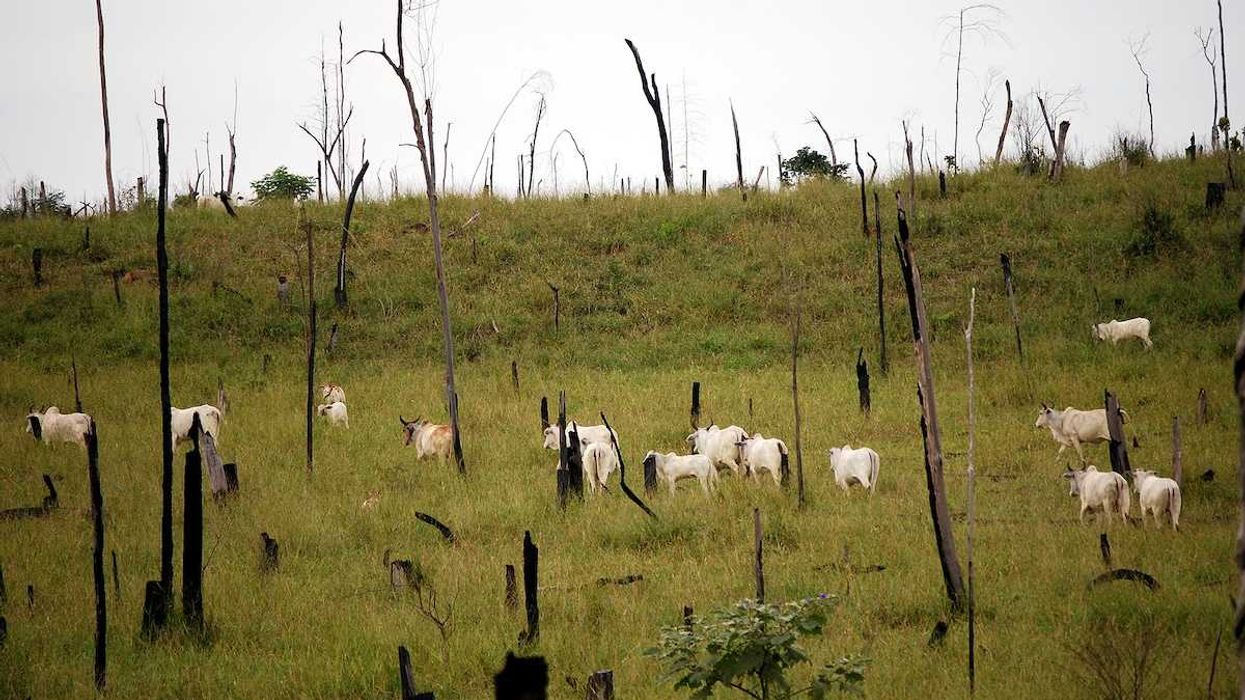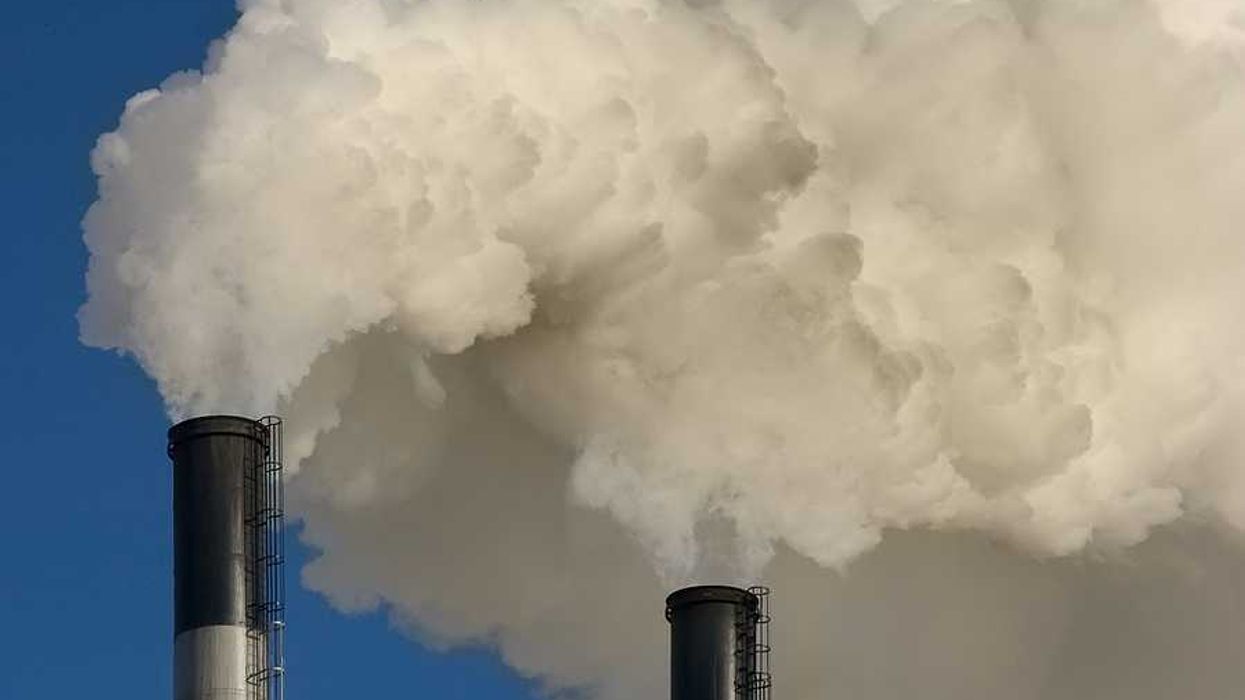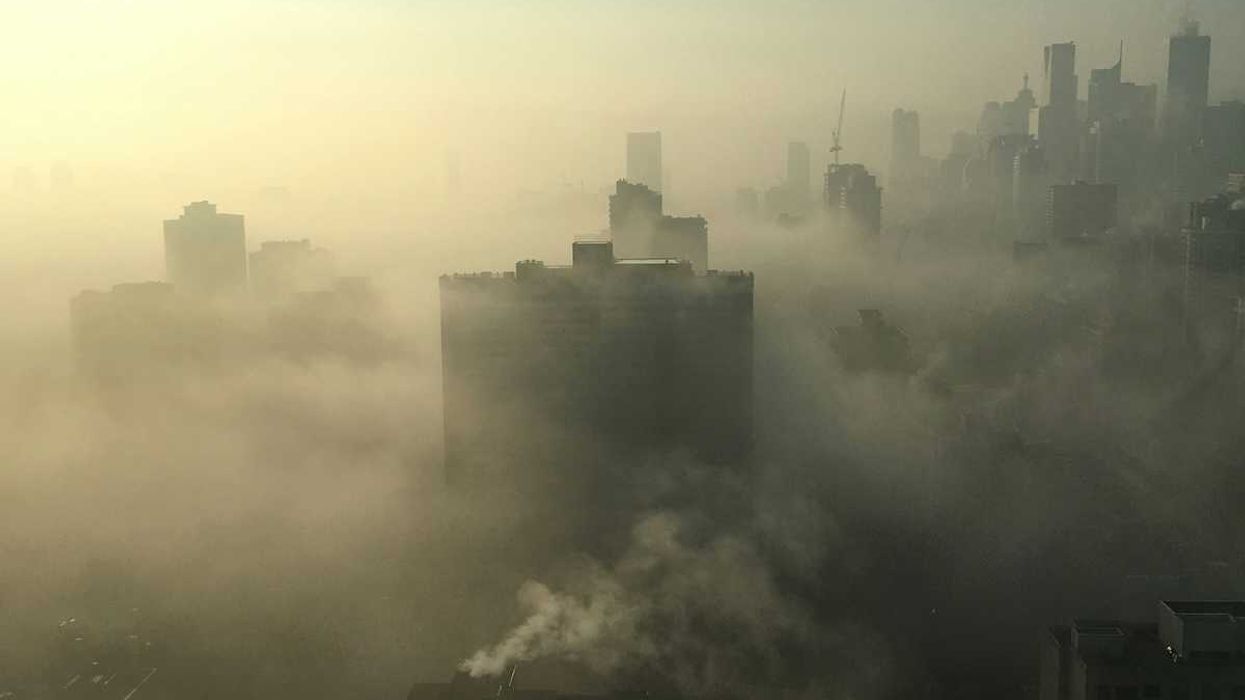A December fuel spill on Southern Ute tribal land continues to pollute groundwater and now endangers the Animas River, with tribal leaders calling state and corporate responses dangerously insufficient.
Logan Smith reports for CBS News.
In short:
- A December 2024 pipeline leak near Durango released 23,000 gallons of fuel, contaminating groundwater and affecting a dozen residential wells on Southern Ute tribal fee land.
- The tribe accuses the Texas-based operator, Enterprise Products, of lacking a contingency plan to stop the spill from reaching the Animas River, and says state officials have not shown up on site since the incident.
- Despite deadlines, Enterprise has yet to deliver a final plan to protect the river; state officials now plan to install sentinel wells to track and mitigate further spread.
Key quote:
“We will not stand by while our ground and surface water, Tribal resources, and the health of our Tribal Members are put at risk.”
— Melvin J. Baker, chairman of the Southern Ute Indian Tribe
Why this matters:
Petroleum spills like this one can have devastating and long-lasting impacts on local ecosystems, drinking water supplies, and Indigenous communities. Benzene and other volatile organic compounds detected in contaminated wells are known carcinogens and pose health risks even at low concentrations. For the Southern Ute, the contamination threatens not only health but also cultural heritage and legal water rights. The Animas River, a major waterway flowing through Colorado and into New Mexico, supports agriculture, wildlife, and tourism downstream. The spill also highlights broader concerns about the regulation and oversight of aging oil and gas infrastructure, especially as companies retrofit old systems for higher output.
Related: LISTEN: Alastair Lee Bitsóí on becoming a writer to advocate for Indigenous communities














